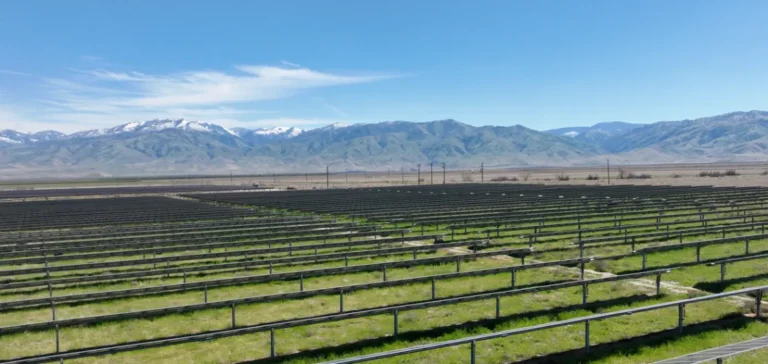Madison Energy Infrastructure has secured a long-term debt facility of $800mn to support the development of its capabilities in the US energy infrastructure sector. The financing aims to meet the growing demand for distributed generation, as the company accelerates toward a one-gigawatt operational capacity target.
An international banking consortium involved
The financial structure includes several leading institutions, including Fifth Third Bank, Société Générale, BNP Paribas, Crédit Agricole, TD Bank, Lloyd’s, KeyBank, and Natixis. This long-term debt facility is structured to support Madison through the various phases of its projects: development, construction, and long-term operation. It is a construction-to-term arrangement, allowing a direct transition from construction to long-term financing without interim restructuring.
Sustained expansion strategy
The transaction strengthens Madison’s ability to deliver large-scale energy infrastructure projects in a context of strong price volatility and accelerated consumption growth, particularly driven by artificial intelligence technologies. The company states it will use these resources to serve a broad customer portfolio across industrial, educational, municipal, and cooperative sectors.
Maintaining existing banking partnerships
This fundraising follows similar operations previously conducted by Madison with several of the same financial partners. The inclusion of new banking institutions complements a core group of existing participants, reflecting growing financial sector interest in distributed energy production projects.
“This partnership builds on longstanding alliances with historical lenders, now joined by new institutions,” said Iwona Guier, Executive Vice President of Finance at Madison.






















